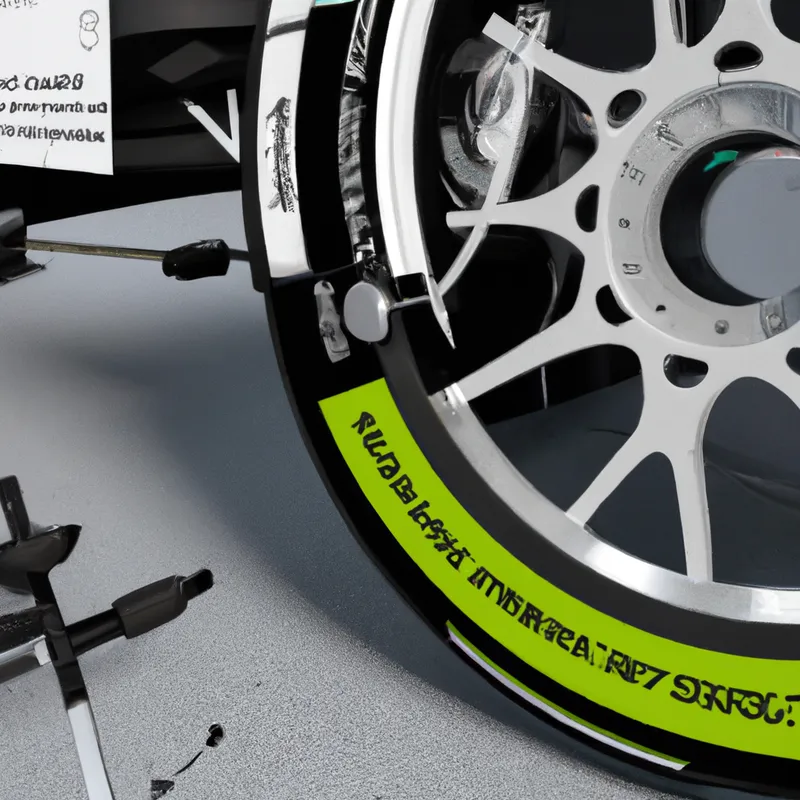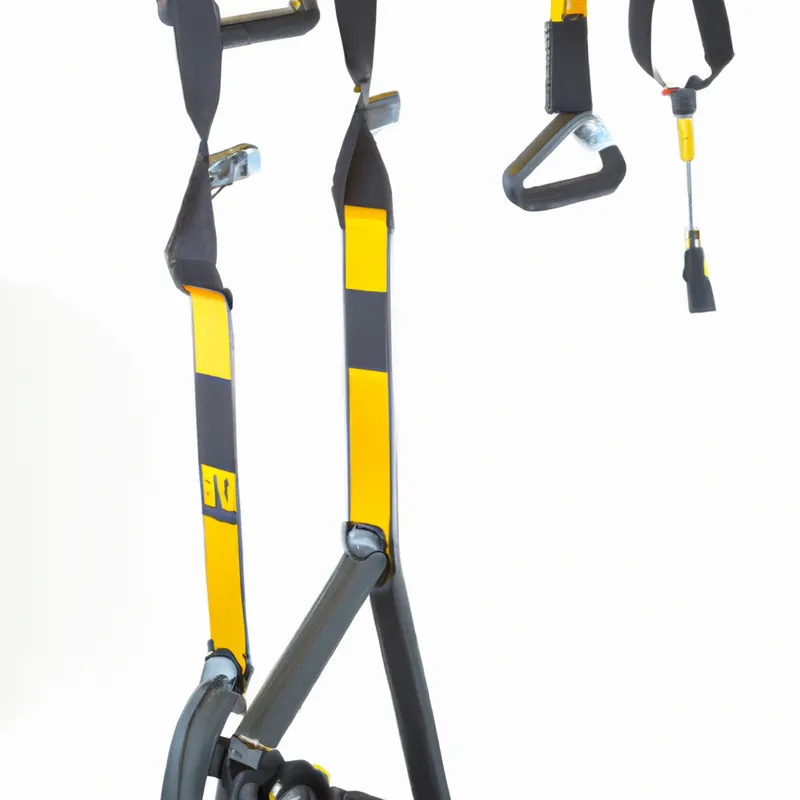Elevate Handling: Essential Suspension Tips Explained
Understanding Car Setup: Adjusting Suspension and Tire Pressure
Performance driving relies heavily on car setup. Proper suspension and tire pressure adjustments greatly influence handling, comfort, and overall experience. This guide helps you understand the key components and adjustments for optimal performance.
The Importance of Suspension Setup
Your vehicle’s suspension system determines its road interaction. It supports the weight, absorbs shocks, and maintains tire contact. A well-tuned suspension enhances grip, reduces body roll, and improves cornering stability.
Key Suspension Components
1. **Springs**: Springs support the vehicle and dictate ride height. The type and stiffness affect responsiveness and comfort.
2. **Shock Absorbers**: Shock absorbers control spring oscillation. They maintain tire contact by dampening energy during suspension movement. Adjustable shocks let drivers fine-tune their ride.
3. **Anti-Roll Bars**: Anti-roll bars minimize body roll during cornering. A stiffer bar improves handling but may create a harsher ride.
4. **Alignment**: Proper wheel alignment angles tires correctly. Misalignment causes uneven tire wear and handling issues.
Understanding these components helps drivers make informed adjustments based on their style and conditions.
How to Adjust Suspension
Assess your vehicle’s suspension setup before making adjustments. Follow these steps:
1. **Ride Height Adjustment**: Lowering ride height improves handling but may reduce comfort. Increasing height enhances comfort but can decrease responsiveness. Use adjustable coilovers or spring spacers as needed.
2. **Damping Settings**: For adjustable shocks, determine the right setting. Firmer settings enhance responsiveness on smooth tracks, while softer settings provide comfort on bumpy roads. Adjust in small increments and test after each change.
3. **Anti-Roll Bar Adjustment**: If possible, adjust anti-roll bar stiffness. A stiffer bar reduces body roll but can create a harsher ride. A softer bar increases comfort but may sacrifice handling precision.
4. **Alignment Check**: After adjustments, check the alignment.
Conclusion
This guide highlights the importance of proper car setup. Adjusting suspension and tire pressure enhances performance and driving experience.
Below are related products based on this post:
FAQ
What are the key components of a car’s suspension system?
The key components of a car’s suspension system include springs, shock absorbers, anti-roll bars, and wheel alignment. Springs support the vehicle and dictate ride height, shock absorbers control spring oscillation to maintain tire contact, anti-roll bars minimize body roll during cornering, and proper wheel alignment ensures correct tire angles to prevent uneven wear and handling issues.
How can I adjust my car’s suspension for better performance?
You can adjust your car’s suspension by modifying ride height, damping settings, anti-roll bar stiffness, and checking alignment. Lowering the ride height can improve handling, while adjusting damping settings allows you to fine-tune responsiveness or comfort. Stiffer anti-roll bars enhance handling but may create a harsher ride, and always ensure to check the alignment after making adjustments.
Why is proper tire pressure important in car setup?
Proper tire pressure is crucial in car setup because it directly impacts handling, grip, and tire wear. Incorrect tire pressure can lead to reduced performance, uneven tire wear, and compromised safety. Maintaining the recommended tire pressure ensures optimal contact with the road, enhancing the overall driving experience.















Post Comment